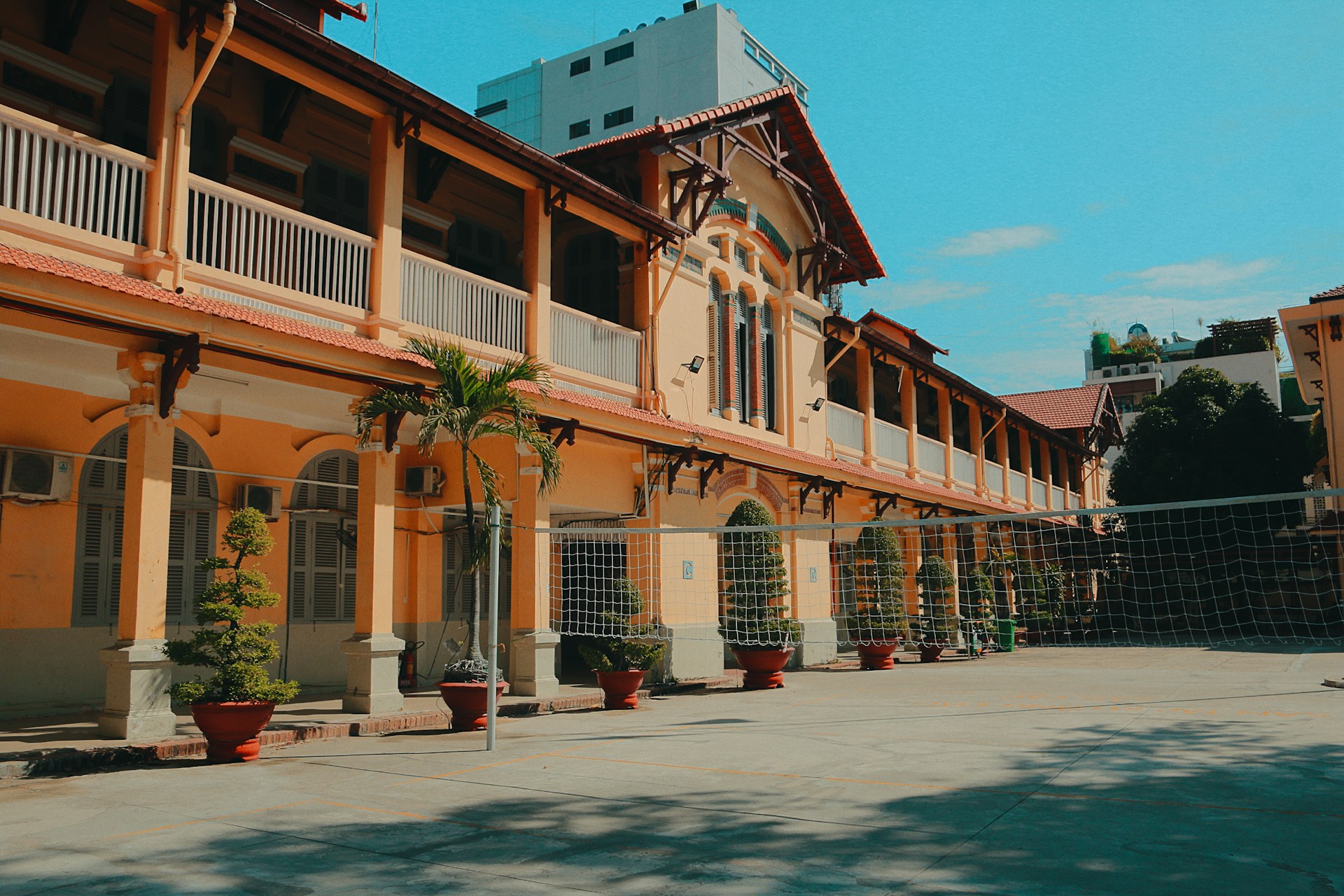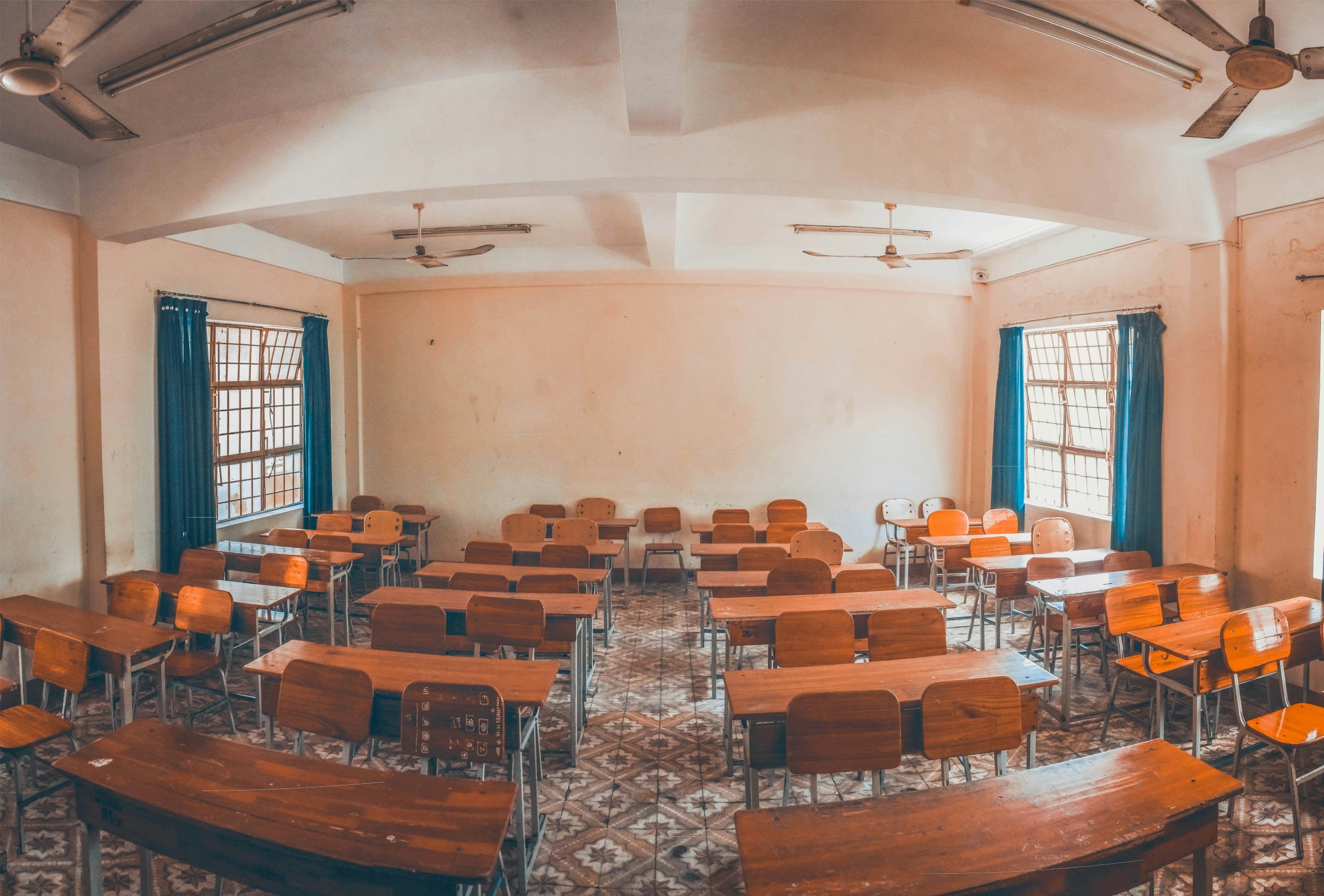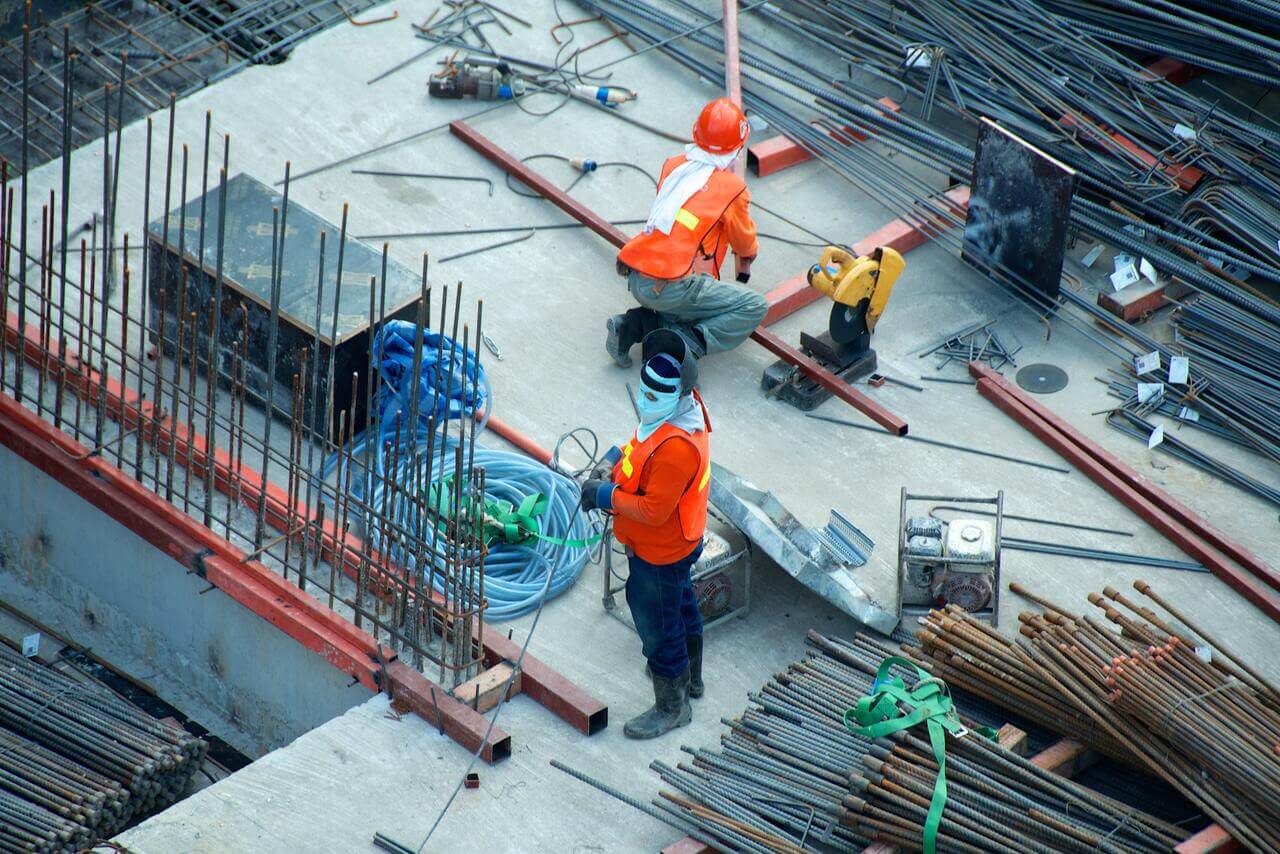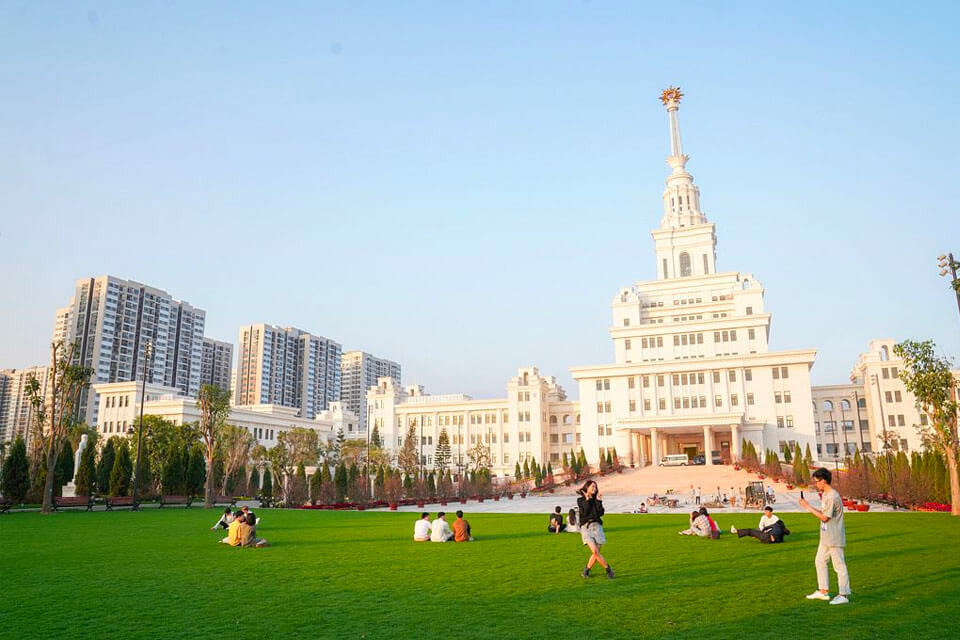
23Jun2025
Highlight content / Industry Reviews / Latest News & Report
Comments: No Comments.
International schools are rapidly expanding in Vietnam, driven by economic growth and rising investment in education. These institutions are appealing to parents who have concerns about the traditional public school system. However, challenges such as inconsistent education quality and a lack of information transparency have emerged, highlighting the need for improved governance and greater transparency across the sector to ensure sustainable development.
One-third of new construction in the past decade, with a rapid increase mainly in urban areas
[Figure 1] Number of international schools (schools)
According to data from the International School Database, there are currently 77 international schools in Vietnam, of which 27 (about 35%) opened within the past 10 years. By region, Ho Chi Minh City has the most with 35, followed by Hanoi with 27 and Da Nang with 6, and they are gradually spreading to other regional cities.
In addition, about 60% of the total (43 schools) offer integrated education from kindergarten to high school, and the remaining schools have relatively long curriculums such as “K to junior high school” or “elementary school to high school.” This structure is aimed at maximizing profits by vertically dividing the grades at international schools, which require large investments in facilities.
Tuition fees vary by more than five times, and there is also a disparity between urban and rural areas
Tuition fees vary greatly depending on the school. At the elementary school level, it is about 5,000 to 30,000 USD per year, and at high school, it is 6,000 to 36,000 USD, a difference of more than five times. At the top schools in the two major cities, the initial investment in school buildings and educational equipment can reach several billion yen, and assuming 1,000 students and an annual tuition of 30,000 USD, it would be a business with annual sales of 5 billion yen. On the other hand, in regional cities, both facilities and tuition fees are kept low, and schools aimed at the middle class are the norm.
Vietnamese families are driving the trend, rather than foreign children
While the rise in international schools is partly driven by the influx of foreign expatriates, the majority of students are actually Vietnamese. This trend reflects ongoing dissatisfaction with public schools and growing concerns over education standards. Wealthier families, especially in urban areas, are increasingly turning to international schools in pursuit of a “global education,” signaling a shift in the middle class’s educational mindset. Influenced by the career paths and experiences of the parent generation, there is a rising willingness to invest in education with future goals such as studying abroad or securing employment with foreign companies in mind.
Urgent Need for Greater Transparency in “In Name Only” International Schools
A pressing concern in Vietnam’s international school landscape is the wide variation in educational quality. Many schools label themselves as “international,” yet their curricula are heavily centered on Vietnamese language instruction, with limited international content or foreign faculty. This disconnect highlights the need to clarify accreditation systems and establish consistent standards to define what qualifies as an international school.
Schools like Vinschool, a private institution emphasizing international education, have been drawing attention. Positioned between traditional private and international schools, these mid-priced, high-quality options are broadening choices for parents. However, a major challenge remains: there is no unified platform for comparing key factors such as curriculum quality, tuition levels, and academic outcomes. As a result, parents often rely on word-of-mouth or personal visits when selecting a school, making the decision-making process uncertain and inconsistent.
Ensuring Transparency and Policy Reform for Sustainable Growth
Education is one of the most critical long-term investments a society can make. While Vietnam’s international school sector is expected to continue expanding, ensuring its sustainable development requires a stronger focus on quality assurance, transparency, and open access to relevant information. Strengthening both public education and fostering healthy competition within the private sector will be essential in nurturing the next generation and enhancing the country’s global competitiveness. The key challenge now is to build an environment where families are empowered with the freedom—and the information—to make informed educational choices.
* If you wish to quote any information from this article, please kindly cite the source along with the link to the original article to respect copyright.
| B&Company
The first Japanese company specializing in market research in Vietnam since 2008. We provide a wide range of services including industry reports, industry interviews, consumer surveys, business matching. Additionally, we have recently developed a database of over 900,000 companies in Vietnam, which can be used to search for partners and analyze the market. Please do not hesitate to contact us if you have any queries. info@b-company.jp + (84) 28 3910 3913 |













